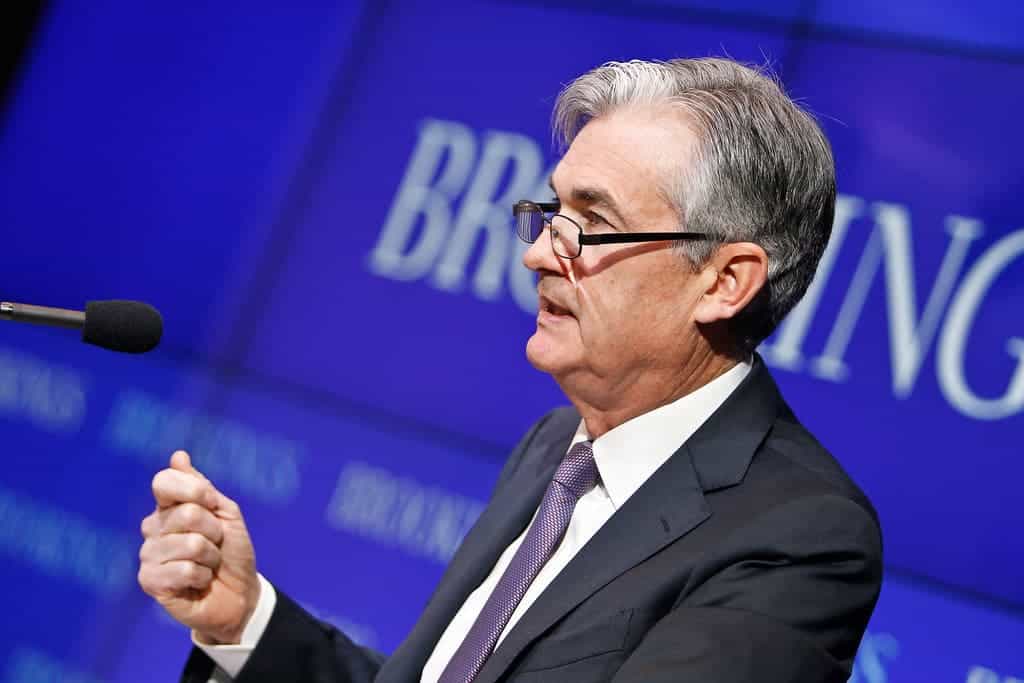
In September, consumer prices rose by 5.4% compared to exactly a year before. This kind of inflation hasn’t been seen since 1991 and is more than double the Federal Reserve’s (Fed) long-term target of 2%.
The reasons why prices have hiked in the United States are manifold, and many are obviously tied to the pandemic. For one, supply problems are causing shortages that are driving prices across various industries, from the auto market that is scrambling for semiconductor chips to furniture factories that are desperate for wood.
Besides a raw material shortage, there is also a perplexing labor shortage. The United States is still missing five million jobs compared to employment levels seen right before the pandemic hit. If at the beginning of the pandemic, many people were terrified by the surges in layoffs, now more Americans than ever are quitting their jobs — an exodus some call “The Great Resignation”.
The vaccines have also had a huge effect on the economy, acting like a light switch, instantly opening up the economy and spending. Americans saved a lot during the lockdowns, especially since they had help from the government in the form of extra unemployment and stimulus checks. The sudden flood of cash into the economy has further caused shortage problems and has driven prices up.
In testimony before Congress at the end of June, Powell said it was no secret that inflation was up in recent months and blamed it on base effects, higher oil prices, consumers reopening their wallets, and supply chain issues.
“As these transitory supply effects abate, inflation is expected to drop back toward our longer-run goal,” Powell said at the time.
Whilst these inflationary forces have been described as “transitory” by Fed policymakers, there are now reasons to believe that inflation is here to stay for at least a year. Federal Reserve Chairman Jerome Powell now seems to acknowledge this himself after meeting with Fed policymakers on Wednesday, stating that supply-chain bottlenecks that underlie price hikes will likely persist well into the next year.
Surveys of American factory managers confirm the harsh reality from the field, with many complaining that they struggle to find parts and raw materials to keep up with rising demand. As a result, many manufacturers are making their third or fourth price increase this year. Meanwhile, workers’ pay is also rising, although not as fast as prices. In September, companies used their paystub maker to raise wages by 4.2% compared to the year before.
The Fed’s plan
For inflation to decrease, interest rates — currently virtually zero — would have to climb. However, if the Fed would use this weapon, it would hurt employment rates.
“We want to see the labor market heal further,” Powell said.
The Fed is basically stuck, having to choose the lesser of two evils. On the one hand, it can raise interest rates and lower inflation, which would hurt jobs and spending. On the other hand, it can keep interest rates zero which would drive more inflation.
On Wednesday, Powell said that the Fed chose the latter option. For the time being, interest rates are expected to hover near zero for the next 12 months, although this is subject to change depending on how the economy rebounds and whether or not supply chain shortages continue unabated. Moreover, if the Fed determines that jobs can never rebound to pre-pandemic levels, it may decide to raise interest sooner as there would be no point anymore in keeping them this low.
However, the Fed did announce that it will basically crank down on the money printing. The central bank claims it will wind down its current purchase of $120 million worth of bonds each month. Bond purchasing is aimed at keeping borrowing costs low but the Fed can only keep it up for so long. By the middle of next year, bond purchases will be phased out.
“What it really boils down to is something that is common sense and that is risk management,” Powell said. “We have to be humble about what we know about this economy, which is still very COVID-affected.”
Bottom line: we may expect to see another 5% of inflation over the next 12 months.


